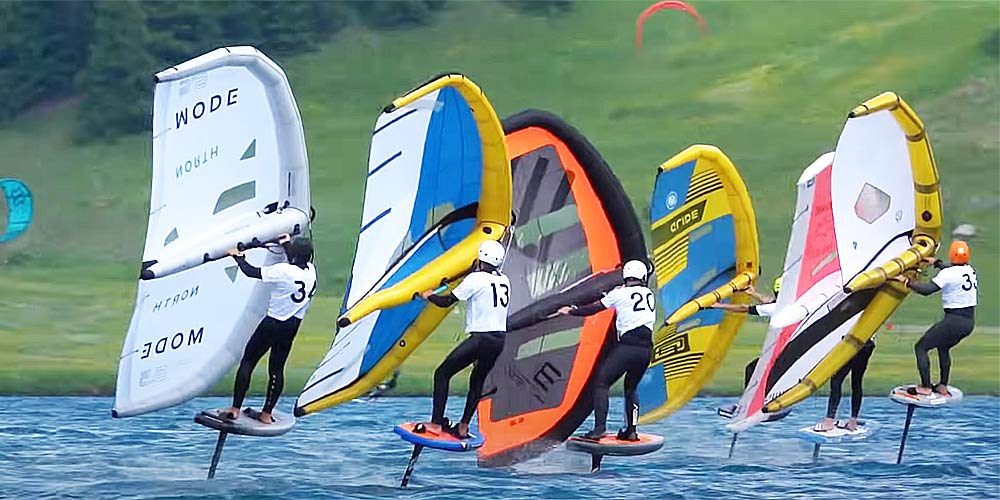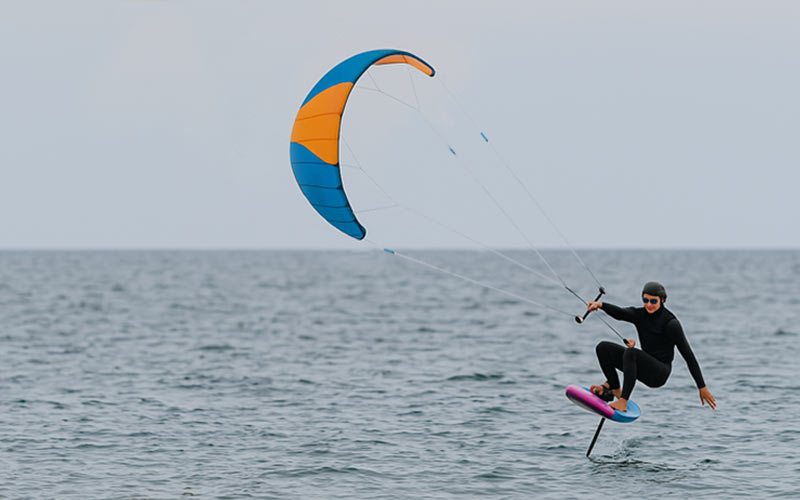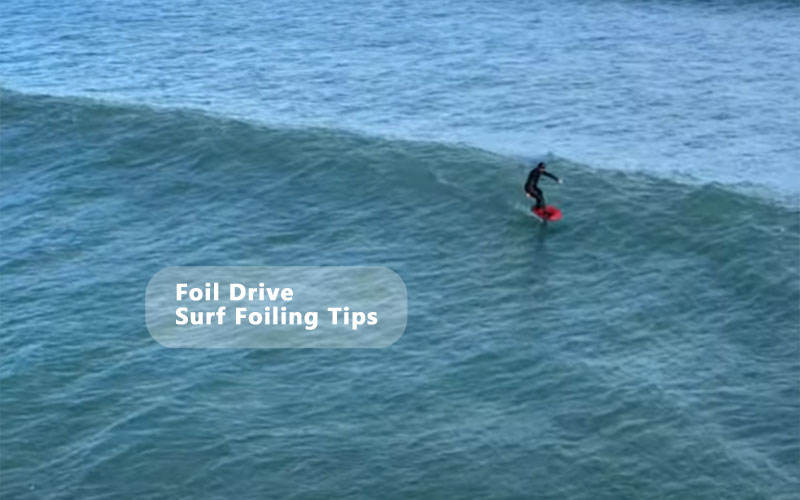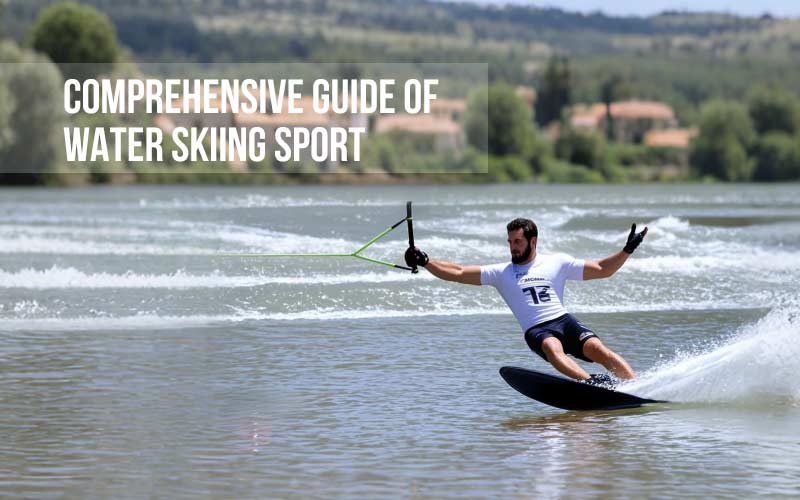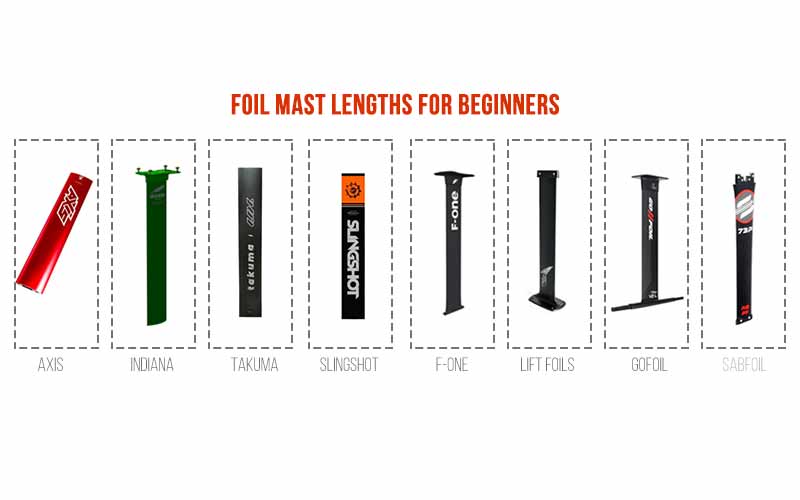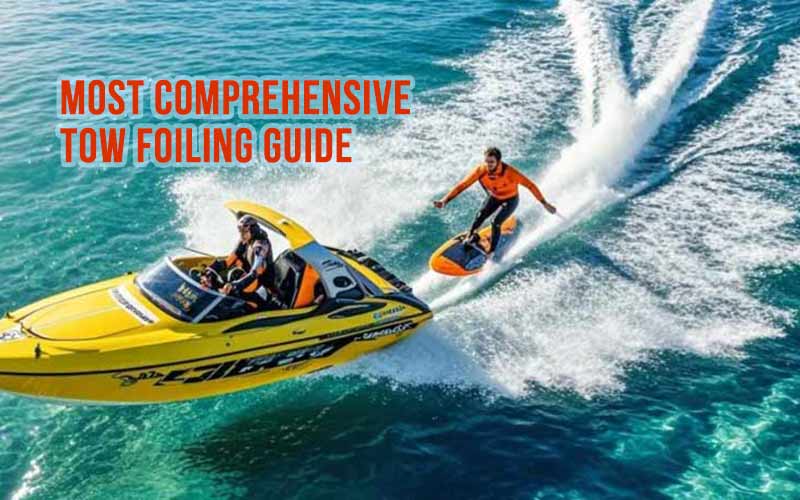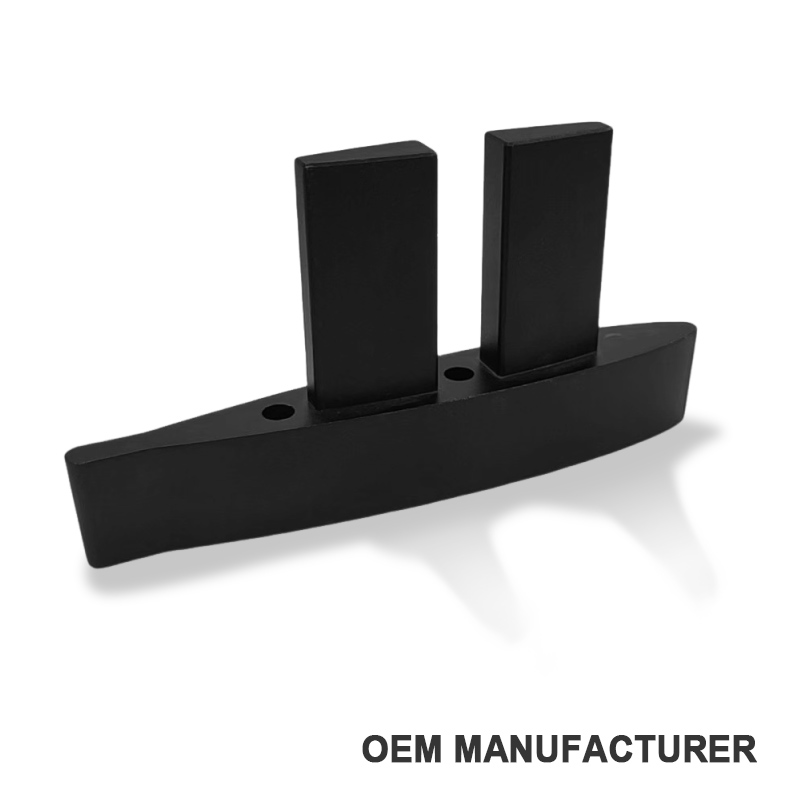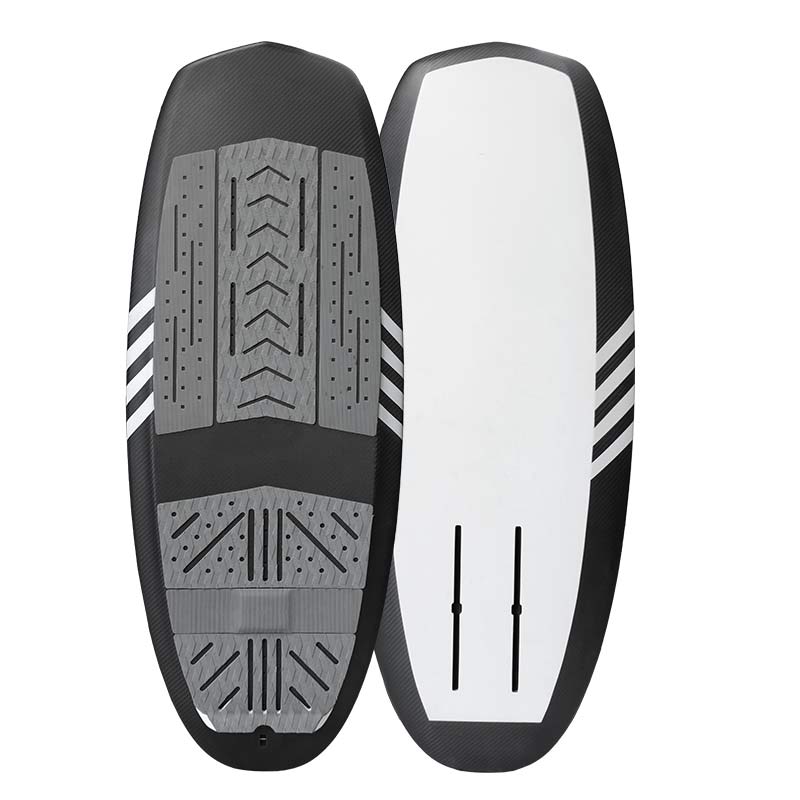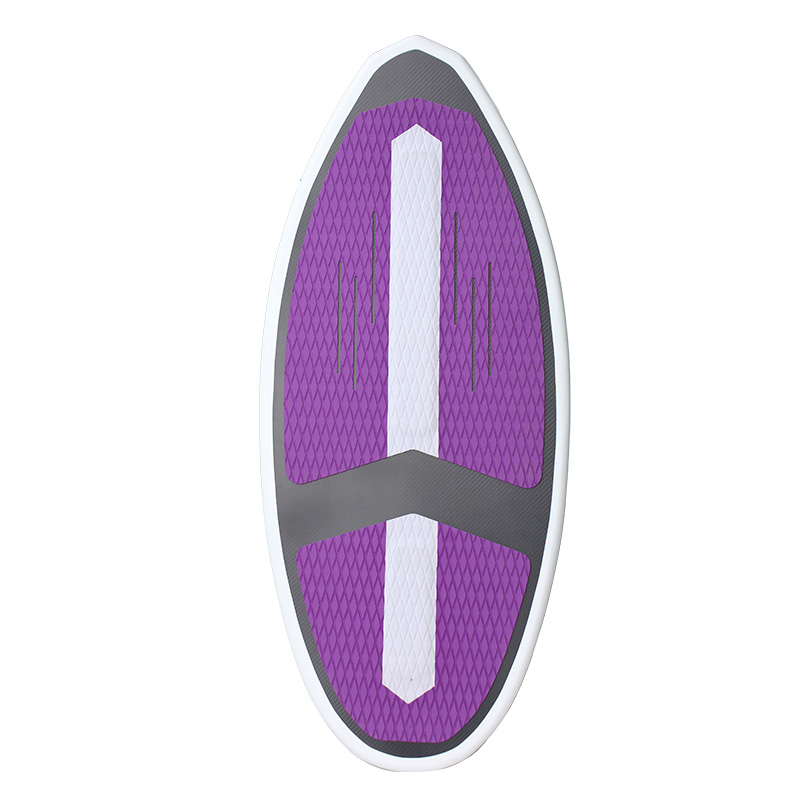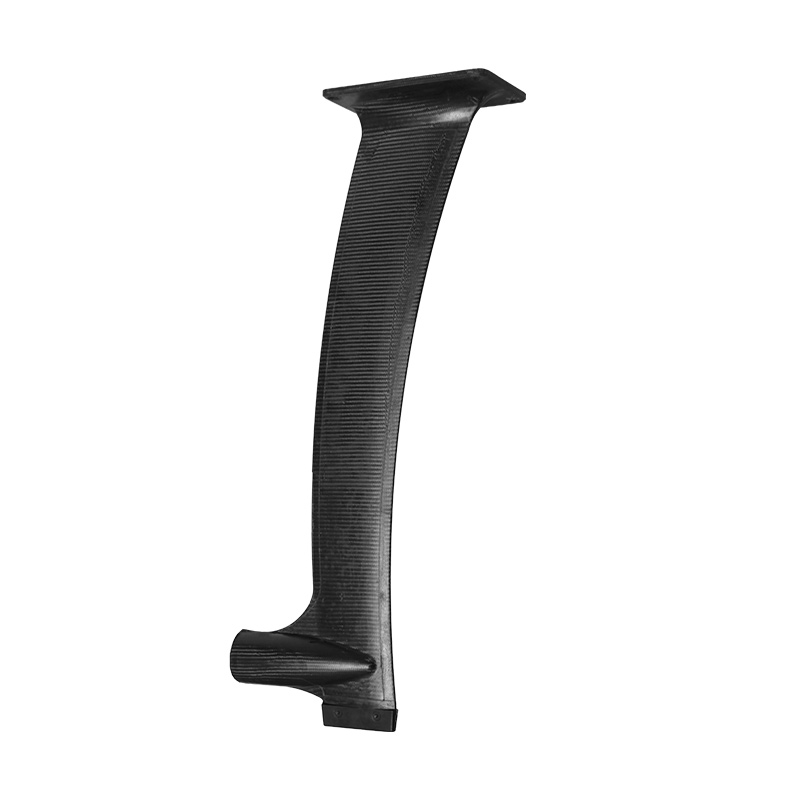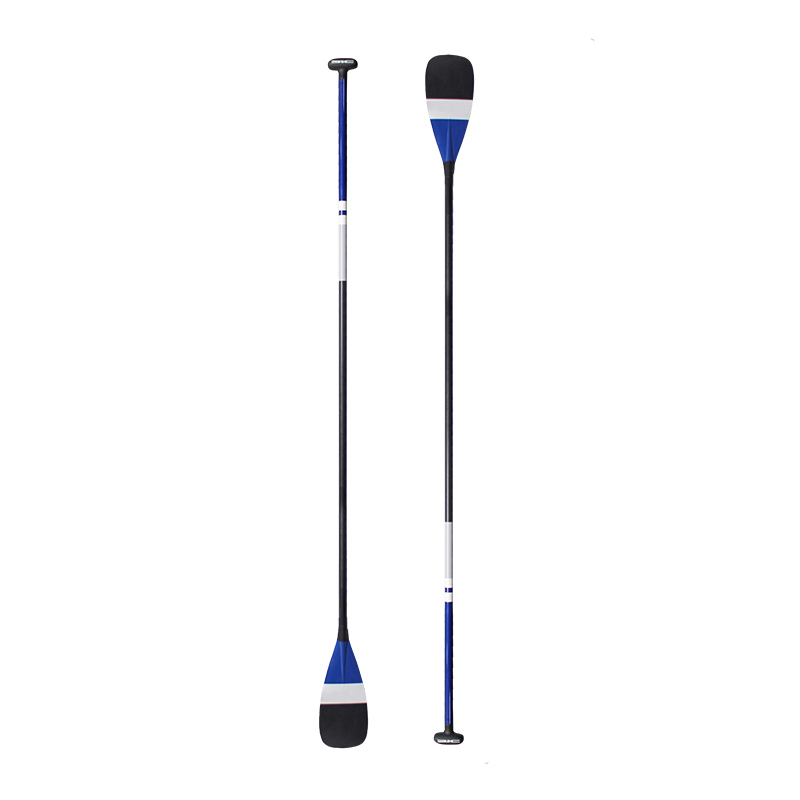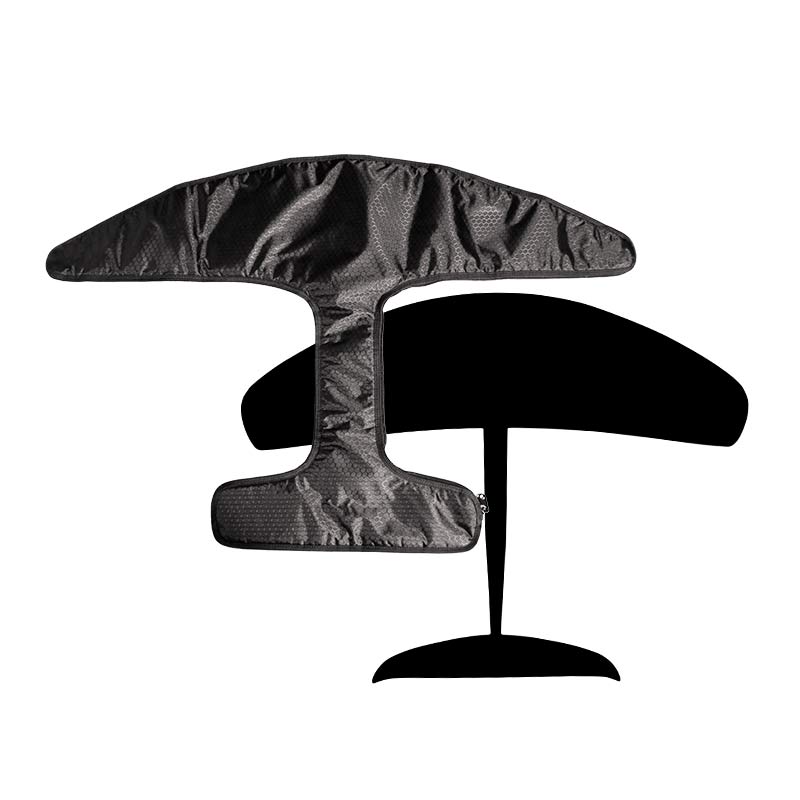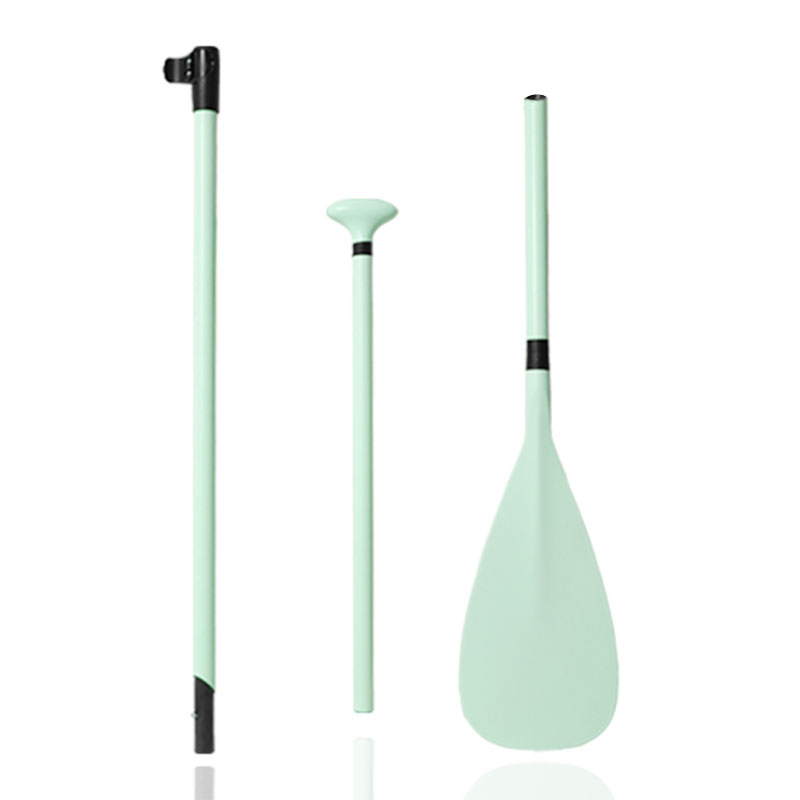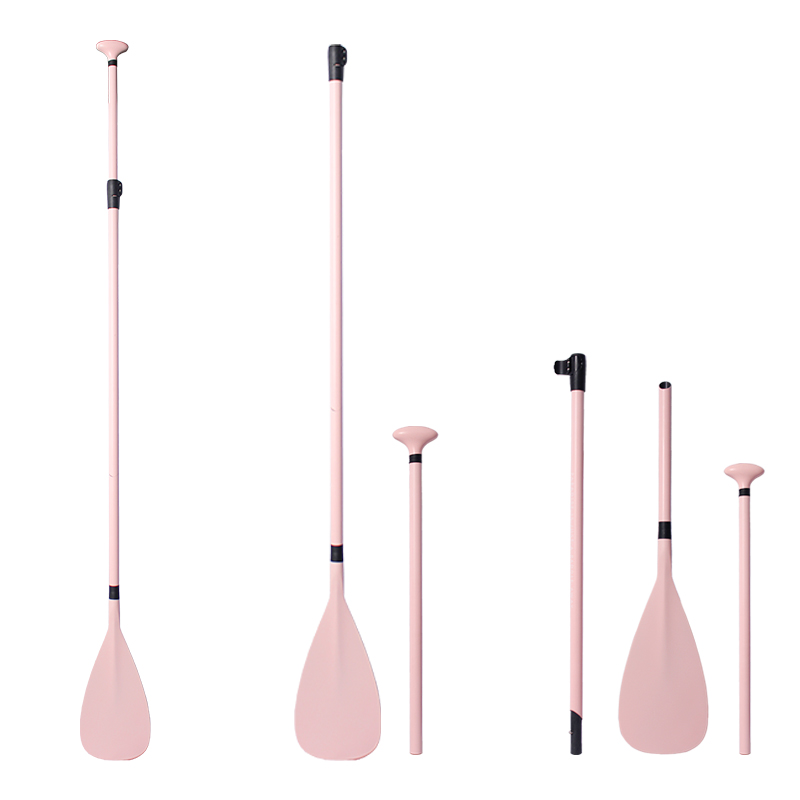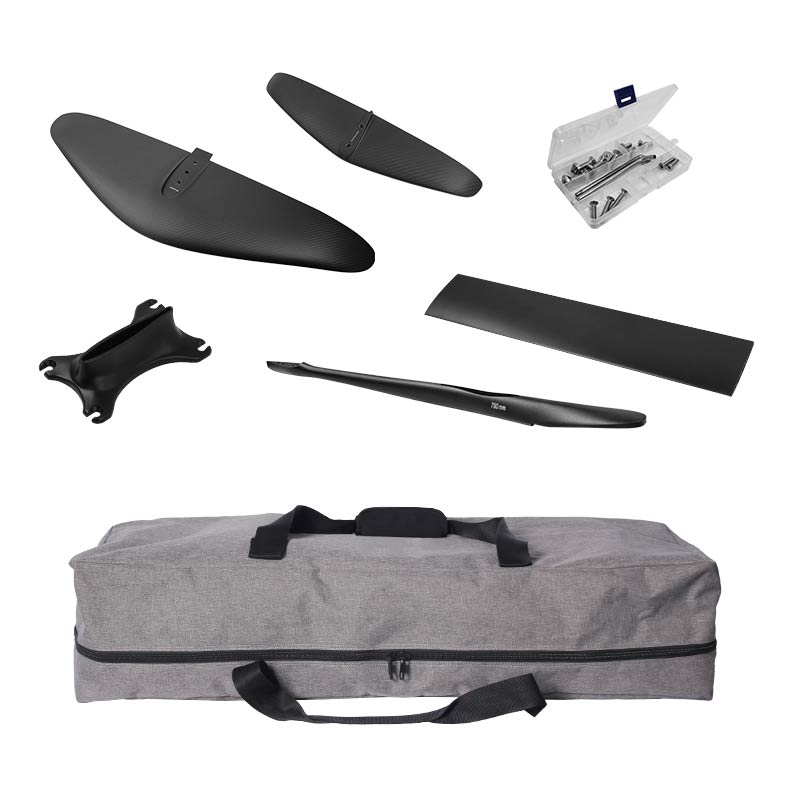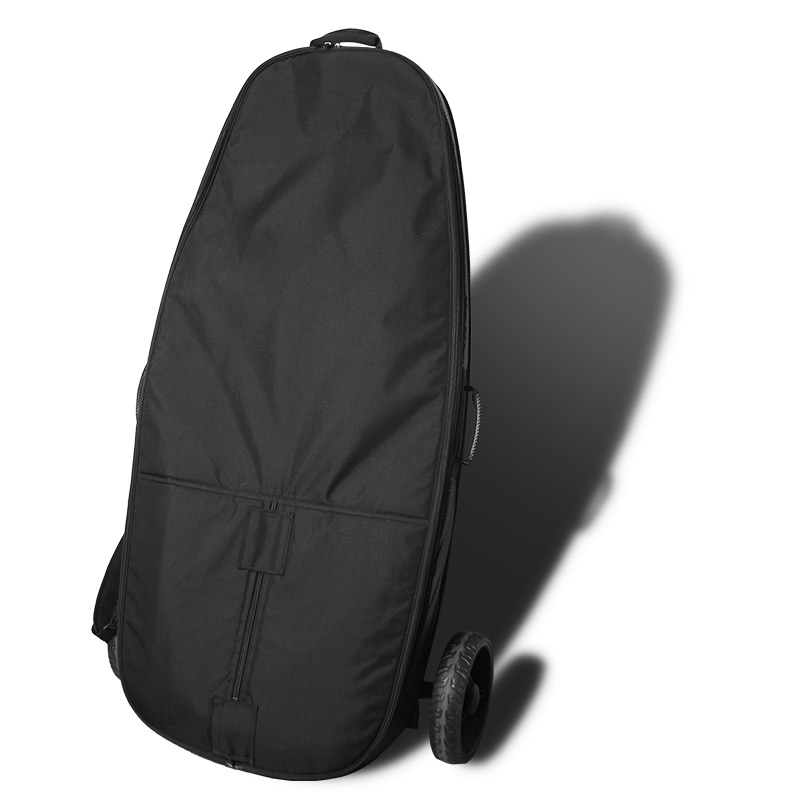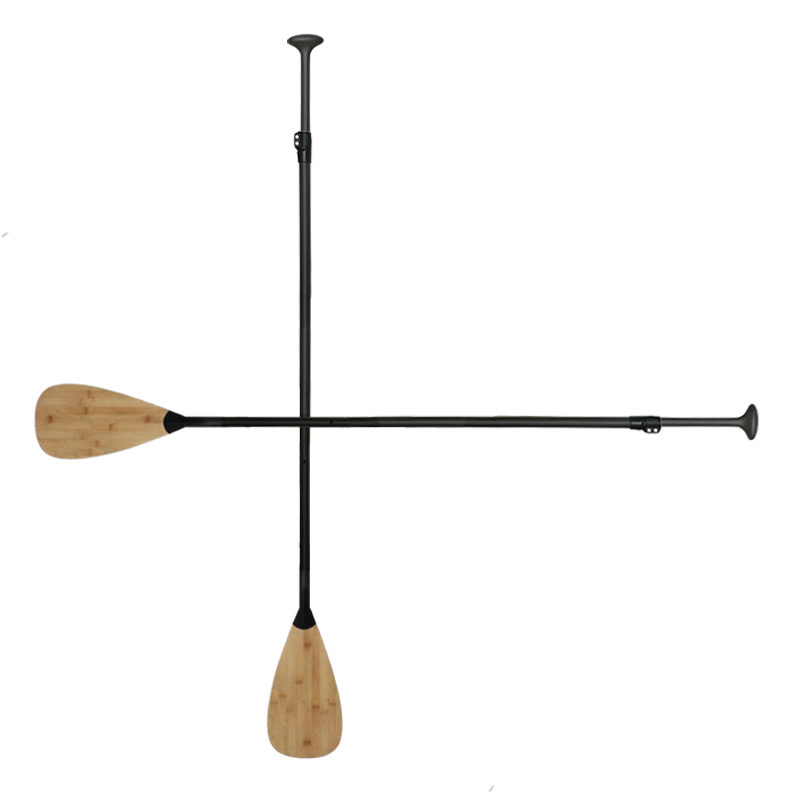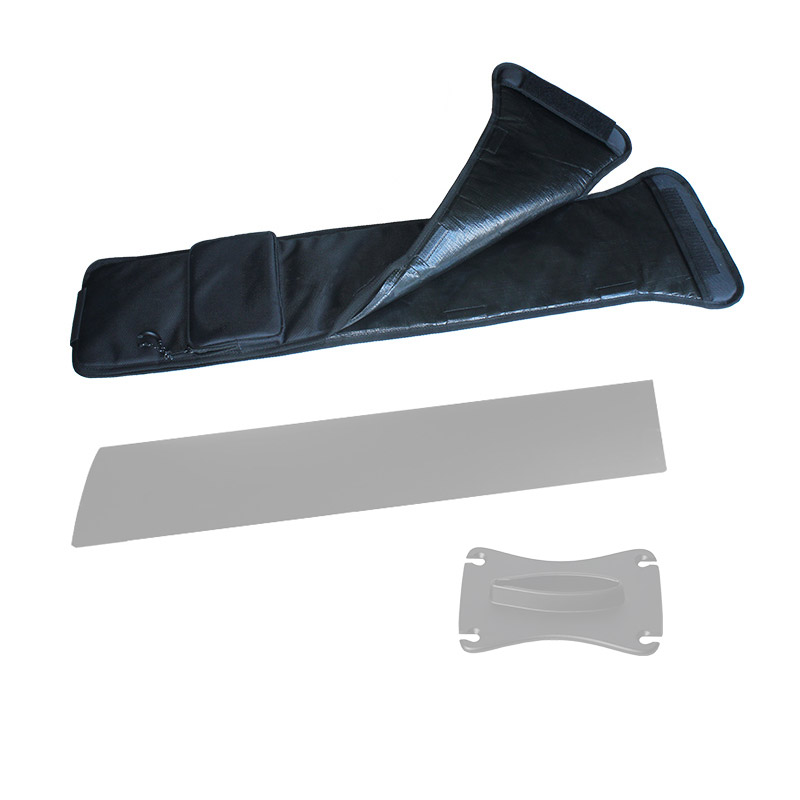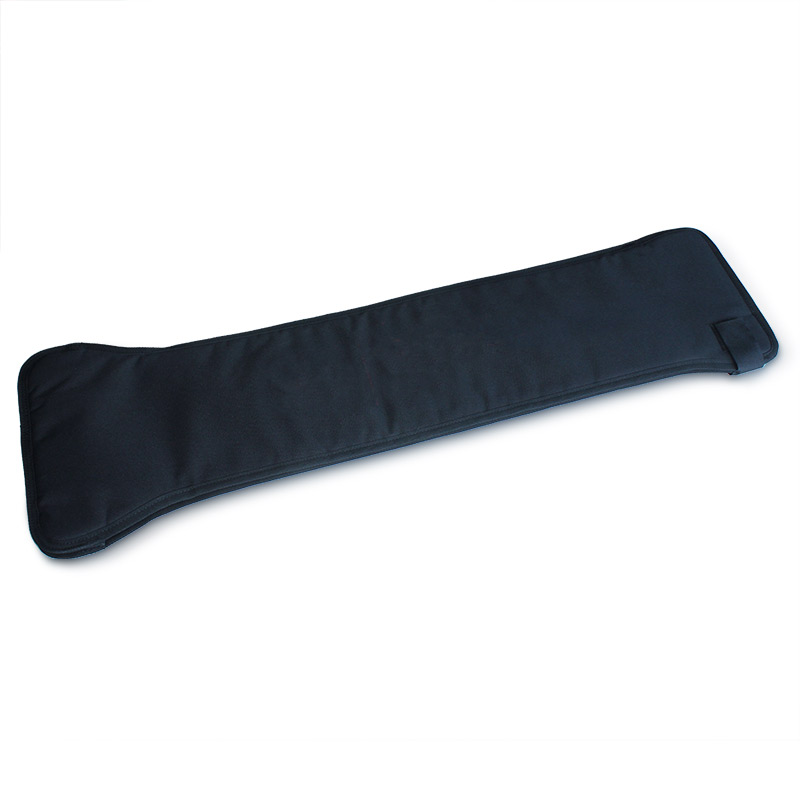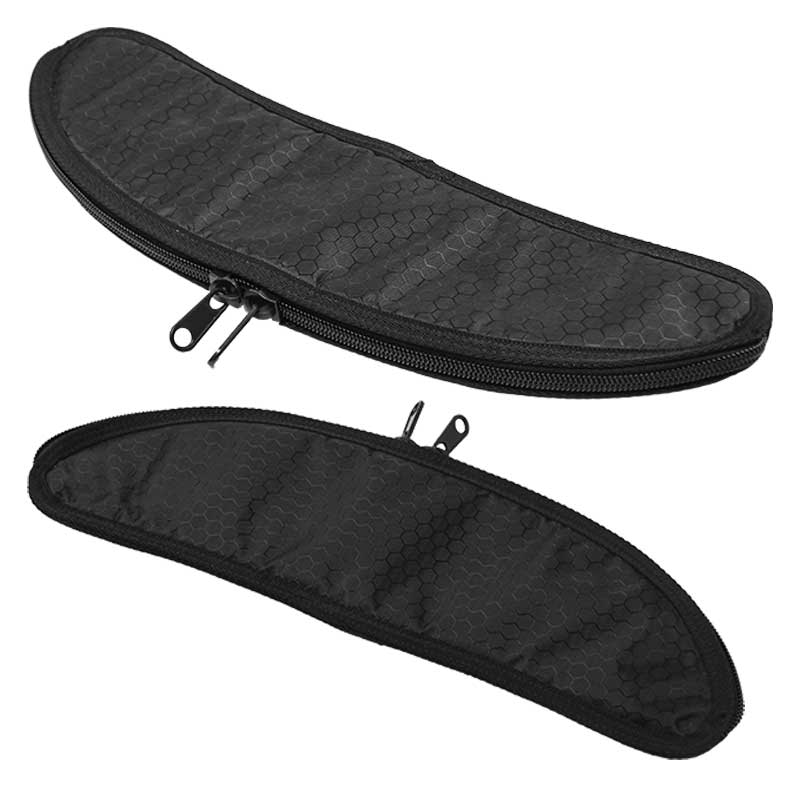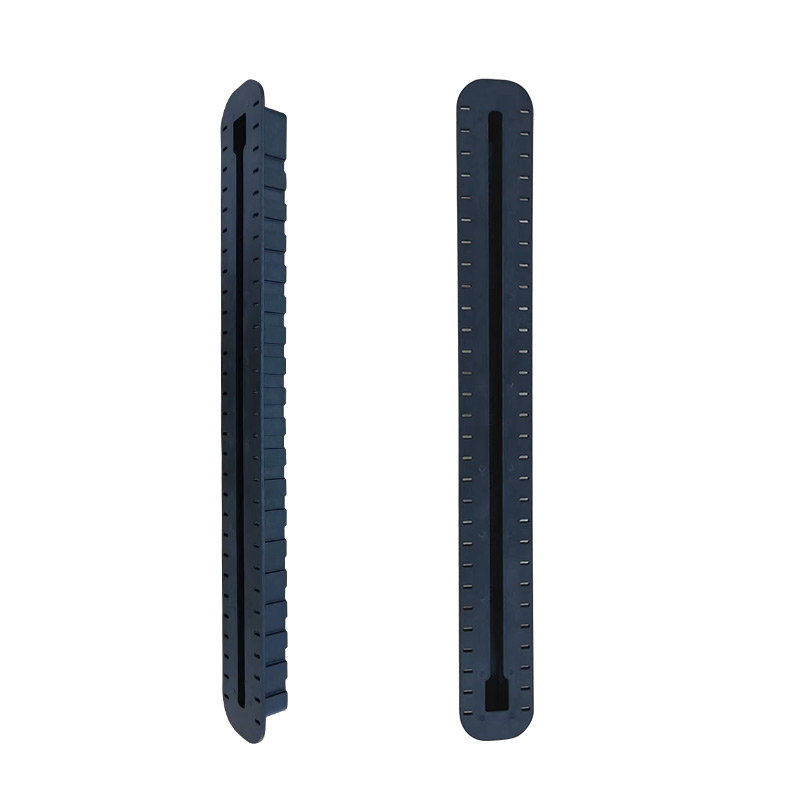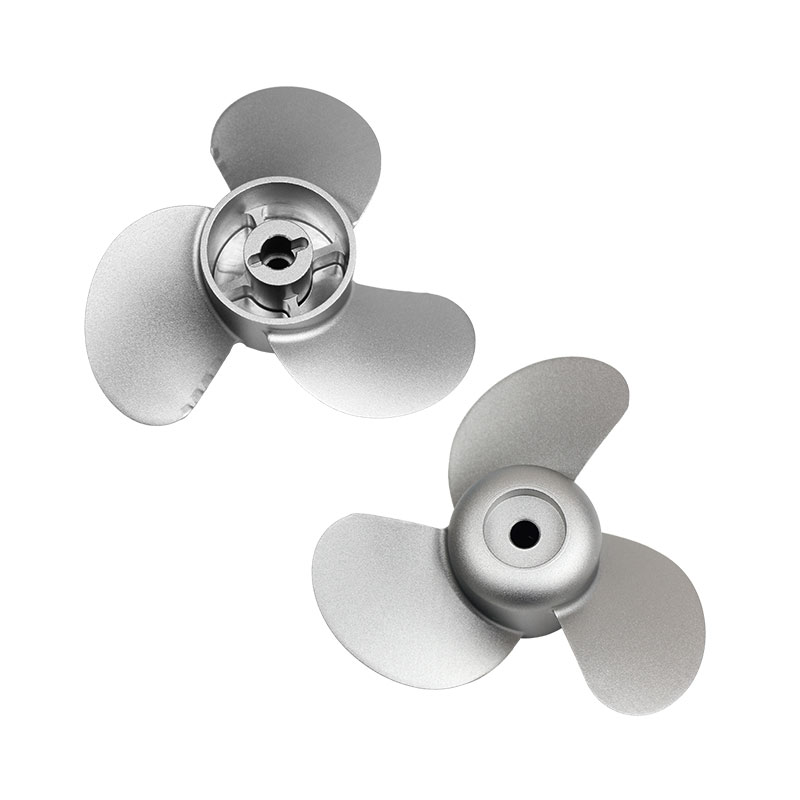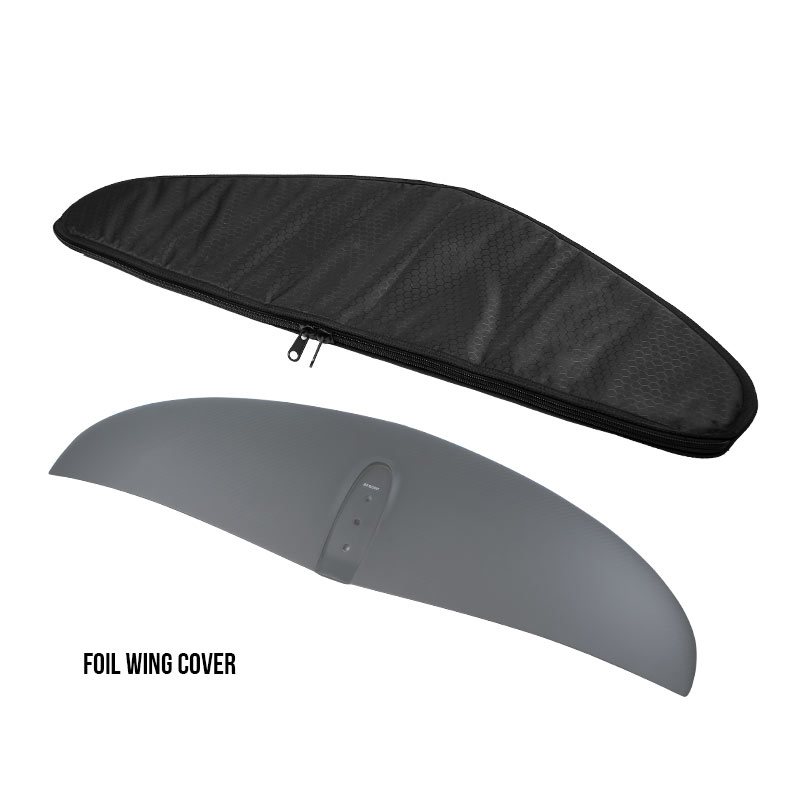SUP downwind foiling is an exhilarating experience, but mastering the art of positioning yourself on the swell is crucial for maximizing efficiency and ride time. While every location presents different challenges, some universal principles can help improve your technique. Here are the key rules to follow for better positioning and a smoother SUP downwind foiling experience.
Unity Sports is a rich experience composite surfing product manufacturer if you want to customize the paddle for downwind foiling, downwind foil, and so on. Welcome to contact us without anyhesitation. Thank you.
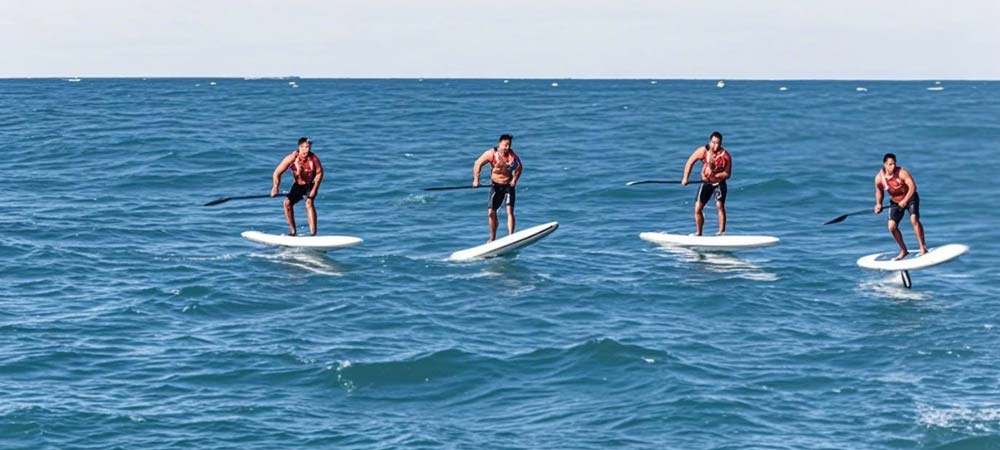
1. Stay on Top of the Bump
The energy of the swell is concentrated on the bump, making it the most efficient place to ride. Whether you’re moving straight or slightly sideways, your goal should always be to match the speed of the swell and stay on top of it. Doing so ensures that you can harness the most power for the longest duration.
Staying on top of the bump requires constant micro-adjustments in speed and positioning. If you fall behind, you’ll lose lift and have to work harder to regain your place. If you move too far ahead, you risk outrunning the energy of the swell and missing the best part of the ride. A well-timed pump or subtle weight shift can help you stay balanced in the ideal position.
A common mistake is hovering too far back, where the wave begins to dissipate, or too far forward, where you lose the upward push. To maintain the sweet spot, keep your gaze ahead, anticipate how the swell is forming, and make adjustments before you fall out of position. Using small, efficient movements rather than large, reactive ones will help conserve energy and extend your ride.
2. Don’t Run Down the Bump
Unless you have a specific plan, avoid simply running down the face of the bump. If you descend without a controlled maneuver—like a sharp bottom turn to reposition on top—you risk losing momentum. If you outrun the bump without a strategy, it will eventually pass you, causing a loss of speed and making it harder to regain control.
The key to maintaining speed without losing position is to use controlled adjustments rather than committing to a full descent. If you need to generate more speed, a slight downward movement can help, but it should always be paired with a strategy to return to the bump’s peak. A well-executed cutback or carve will allow you to reposition yourself without losing the wave’s energy.
Experienced riders often use a zigzag or S-curve approach to maximize their time on the swell. Instead of going straight down, they angle slightly across the face, redirecting momentum back up when needed. This technique allows them to maintain flow while continuously adjusting to the wave’s changing shape.
By resisting the urge to drop down the face too early and instead staying in tune with the swell’s movement, you’ll be able to ride longer, maintain control, and make the most of every wave.
3. If You Fall Behind, Don’t Chase It
Once you start falling behind a bump during SUP downwinding, don’t waste energy trying to chase it directly. Unlike traditional surfing, where you might try to power through and catch up, downwinding is all about efficiency—using the ocean’s energy instead of fighting against it.
Instead of paddling or pumping uphill, make a sharp turn, ideally at a 90-degree angle toward the wind. This maneuver helps you reposition yourself more quickly onto another bump without exhausting yourself. The key is to work with the natural flow of the swell rather than against it. If you stay too long in an uphill pumping position, your speed will decrease, making it even harder to reconnect with the swell efficiently.
A good technique is to keep scanning ahead for the next bump. Often, a secondary swell or cross-bump will offer an easier path to regain momentum. By using quick directional changes rather than brute force, you’ll stay in sync with the rhythm of the water, keeping your ride smooth and conserving energy for the long haul.
4. Stay High on the Mast
Riding high on the mast is essential for efficiency in SUP downwinding. When you maintain a high position, you can feel and utilize even the smallest wind chops for additional energy. This allows for smoother gliding and reduces unnecessary drag, making it easier to link bumps effortlessly.
If you find yourself dropping too low, perform a few small, controlled pumps to regain height. The higher you ride, the less resistance you’ll encounter, which translates to better speed and more efficient movement across the water.
A shorter mast, typically around 75-80 cm, tends to be ideal for SUP downwinding. It provides optimal control and responsiveness, especially when navigating choppy conditions. A longer mast can sometimes lead to unnecessary height fluctuations, making it harder to maintain steady momentum.
By staying high on the mast and making quick adjustments, you’ll be able to maximize each glide, catch more bumps, and extend your downwinding sessions with less effort.
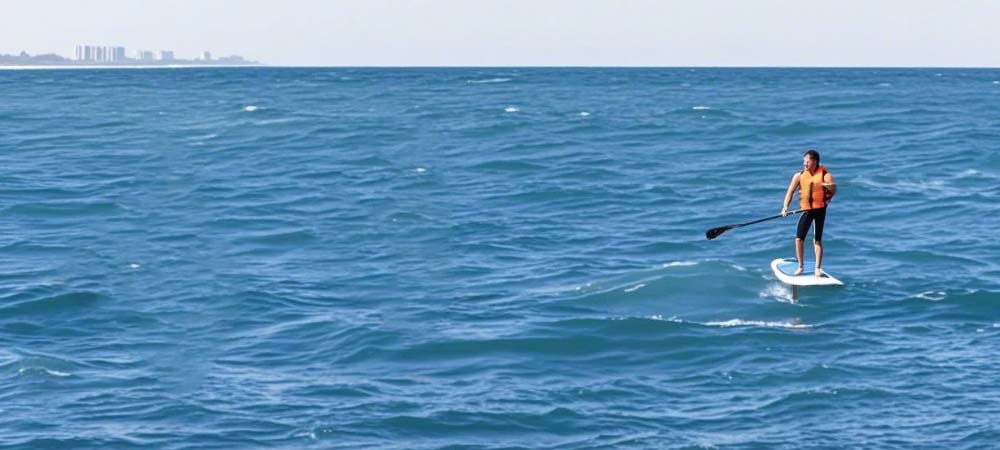
5. Focus on Glide, Not Pumping
The goal of SUP downwinding is to minimize unnecessary pumping and maximize glide. Unlike other foiling disciplines where aggressive pumping is often necessary, downwind foiling is all about efficiency—letting the foil do the work while you focus on maintaining momentum.
Once you’ve positioned yourself on a bump, resist the urge to over-pump. Instead, shift your weight subtly and allow the natural energy of the swell to carry you forward. Pumping should be reserved for critical moments, such as when transitioning between swells or when you briefly lose lift. Over-pumping not only drains your energy but can also disrupt your flow, making it harder to stay connected to the bumps.
A key skill in SUP downwinding is learning to read the bumps effectively. By anticipating how each swell forms and moves, you can make smoother transitions without needing excessive effort. The better you get at identifying and positioning yourself within the right sections of the swell, the longer and more energy-efficient your rides will be.
6. Adjust Based on Conditions
No two downwind runs are the same, and adapting to the conditions is crucial for success. Swells vary in shape, size, and speed, requiring constant micro-adjustments to stay in sync with the best energy sources.
If you encounter a mix of ground swell and wind chop, prioritize staying with the faster-moving ground swell. Ground swells carry more energy and provide longer, more consistent glides, whereas wind chop can be unpredictable and require quicker reactions.
When you sense that you won’t be able to catch an approaching bump, don’t waste energy trying to chase it. Instead, turn away from it and reposition yourself for the next opportunity. One of the biggest mistakes in SUP downwinding is stubbornly paddling or pumping for a bump that’s already out of reach. By being patient and selective with your movements, you’ll conserve energy and maintain a steady rhythm throughout your session.
Mastering these adjustments allows you to ride more efficiently, link swells seamlessly, and make the most of any conditions you encounter on the water.
7. Maintain Spatial Awareness
In SUP downwinding, maintaining spatial awareness is key to staying in control and maximizing your ride. Unlike a fixed wave break, downwind bumps are constantly shifting, forming, and dissipating, requiring you to make continuous micro-adjustments.
Always look ahead and to both sides to anticipate how the swells are evolving. A slight change in angle can make a big difference in staying with the best energy source. If you notice a bump losing power or reforming in a different direction, a quick adjustment in your line can help you stay connected to the flow without losing speed.
Additionally, be mindful of your overall trajectory. If the bumps are pushing you toward shore or into shallow water, make small course corrections to maintain an optimal position while preserving momentum. The key is to make these adjustments gradually—sudden or excessive movements can cause unnecessary drag or throw you off balance.
By staying aware of your surroundings and making precise adjustments, you’ll improve your efficiency, extend your rides, and stay in better control throughout your SUP downwinding session.

SUP Downwinding Conclusion
Mastering SUP downwind foiling takes time, patience, and practice. The key to success lies in positioning—staying on top of the bump, avoiding unnecessary speed loss, making smart transitions, and maximizing glide efficiency. Remember, the goal is to use pumping as a tool rather than relying on it constantly. Get out there, experiment with these techniques, and enjoy the addictive thrill of downwind foiling.

